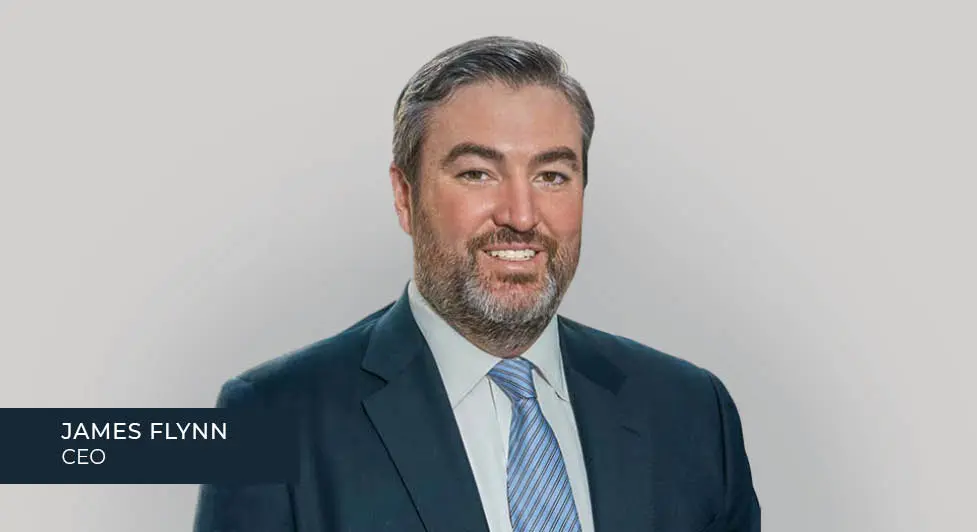The good news for multifamily investors is that the Federal Reserve has so far managed to avoid the recession that had been widely forecast for the first half of 2023. With the economy showing unexpected resiliency and unemployment near historic lows, multifamily fundamentals have held up relatively well. While rent growth is down from its post-pandemic high, rents are increasing roughly in line with historical averages, and occupancy has stabilized in the mid-90s, also the norm for the last 30 years.
However, that same action the Fed has taken to sidestep a recession—in particular, running up interest rates—has made transactions harder to pencil out, and persistent volatility has made buyers and sellers reluctant to come off the sidelines. As a result, the volume of multifamily transactions has slowed dramatically.
For our most recent Lument In Conversation webcast, Managing Mixed Signals for Multifamily, we asked economist Ken Rosen and multifamily executive Toney Morton to share their views on how the next 12 to 18 months will unfold. Ken is Chairman of the Fisher Center for Real Estate & Urban Economics at UC Berkeley’s Haas School of Business. Toney is Chief Financial Officer of Redwood Living, a vertically integrated construction, development, and property management company known for its single-story apartment neighborhoods.
Ken and Toney discussed the likelihood of the Fed successfully engineering a soft landing and the conditions required for the multifamily market to regain its momentum. Their consensus: taming inflation while avoiding a recession is inevitably slow-going. In the meantime, multifamily investors would be advised to exercise patience and concentrate on such immediate challenges as sharply rising insurance premiums. They can be confident in the knowledge that, over the long term, the persistent shortage of rental housing will sustain a healthy industry.
A Soft Landing Is Increasingly Likely but Still Not a Sure Bet
As 2023 progressed, Ken considered his forecast for the economy. At the beginning of the year, his analysis led him to conclude that a mild recession was in the cards. Nine months later, he has downgraded that risk to 30 percent, citing the strong job market and gradually tapering growth.
But in his view, the Fed still has to tread cautiously to avoid overshooting its mark. On the one hand, inflation is still sticky, especially in the service sector. And gasoline prices—an important marker for consumer sentiment on inflation—have recently started back up. On the other hand, there are a number of potential sources of downward pressure on the economy. Consumers, the mainstay of our GDP, have run through their COVID subsidies, and student loan payments have resumed. Labor unrest, gridlock in Washington, and the Chinese economic slowdown could also put a damper on growth. The Fed must weigh these issues carefully in setting the trajectory for a soft landing.
However, Ken doesn’t believe the Fed will wait until it reaches its two percent inflation target to begin lowering rates. “Two percent is an arbitrary number,” he said. “The Fed is not going to change the target, but they are going to tolerate numbers in the mid-three percent range and say they are on the path to a lower number.”
For Rosen, this means we can look forward to interest rates in the mid-fours and cap rates in the mid-fives through the end of 2024. “That’s going to be our reality, and we’ll have to learn how to make money in these circumstances,” he said. “Barring a deep recession, we are not going to see a return to the interest rates of the last decade.”
Toney had a similar take on the future. Although he admits that “everyone’s crystal ball is murky at the moment,” he cited a survey forecasting 10-year Treasury yields dropping to 3.5 percent by the end of 2024. Although Redwood, like all developers, would like to see interest rates lower than they are today, they will not stop it from following through on its ambitious plans for the next 18 months. The key is to underwrite conservatively. “In 2020 and 2021, we never underwrote down to the 2.5 or 3.0 percent rates we were getting.”
Solid Multifamily Fundamentals Are Challenged by New Supply and Rising Expenses
Both Ken and Toney are bullish on multifamily long-term while pointing to headwinds that investors must address in the short term. Ken noted that the pipeline of 1.3 million units under construction is both more than we have seen in a decade and larger than anticipated. The majority of these units are destined, he said, for such rapidly growing markets as Austin, Raleigh, Phoenix, Denver, and Seattle, which will see modest rent declines and concessions until excess supply is absorbed over the next 18 to 24 months.
Redwood’s geographic footprint and long-term investment planning are allowing it to sidestep the supply issues plaguing hotter markets. Although it has recently entered the Carolinas, the company has focused its efforts on the resilient Midwest markets. To a certain extent, this decision was driven by necessity. As Toney described it, “Redwood does one thing and one thing only, and that is build two-bedroom, two-bath, two-car-attached-garage single-story apartment home neighborhoods in suburban America.” Redwood must be in areas where it can buy 20- to 30-acre parcels at a price that enables its lower-density approach. It has assets in its Ohio home base and in Michigan, Iowa, Kentucky, Indiana, Nebraska, and Illinois.
But the Midwest has not been immune from the increased level of flooding and wind damage associated with a changing climate—and that has been reflected in the insurance premiums Redwood is paying. “We went through an insurance review at the end of August,” Toney said, “and we are feeling the pain of the industry.” On the plus side, Redwood’s one-story apartment neighborhoods tend to disperse risk in ways that two- or three-story townhouse communities cannot. “When we benchmark our per-unit insurance costs, we are lower than the industry average,” he said. Other developers may not be so fortunate: “There are a lot of folks whose original underwriting, coupled with these insurance increases, is going to limit or derail their investment thesis.”
Insurance issues are particularly acute in California, Florida, and Texas, Ken noted. One response, he has found, is to self-insure, “an option that scares me a bit,” he admitted. Ken said that, in his view, self-insurance might be appropriate only for the very largest companies. He thought that “some sort of captive reinsurance entity of the industry or a subsector of the industry would be useful.”
The Market May Be at a Standstill but Opportunities Are to Be Found
Rapidly rising interest rates, Toney and Ken agreed, are the core issue behind the paucity of transactions in the multifamily market. Most buyers and sellers are staying on the sidelines waiting for the market to stabilize. And for those interested in transacting, the bid-ask spread has been an insurmountable obstacle.
At the same time, lenders have become more cautious. Toney observed that on construction loans, Redwood had “seen leverage points kick down. As a result, we have had to be more creative on the equity side in ways that don’t burden the carrying costs upfront.”
Ken also worries about contagion from the office sector depressing multifamily market volume, noting that a trillion dollars worth of office loans will have to be recycled and recapitalized in the next few years. “Because the banking industry has about half of all CRE lending on its books and a quarter of that share is office, that recycling is reducing their appetite for lending.” He said that big banks and some larger regional banks are curtailing their real estate lending dramatically and that smaller banks, under increasing regulatory scrutiny, will be required to have more capital on hand. “While Fannie and Freddie are dependable sources of liquidity,” he said, “I do worry that office contagion is affecting overall bank lending to the real estate market and indirectly to multifamily.”
Nonetheless, Ken feels that there are bargains to be found at prices that pencil out. “Over-leveraged floating-rate deals have seen debt service costs double and found it very difficult to get loan extensions without paydowns,” he said. “I think there will be opportunities to buy some of these properties at 20 to 30 percent discounts.” He also advised investors to look for deals in rent-controlled markets, noting that a big portfolio in New York City recently traded at a 40 percent discount.
Stability Will Reignite Multifamily
The consensus of the panel is that patience is the order of the day for multifamily investors and that, barring an unforeseen shock, interest rates will stabilize by the second half of 2024. In the meantime, Ken feels that while the economy may avoid a recession, commercial real estate has not been so lucky, although the recession for multifamily is just a mild one.
But both Toney and Ken remain quite positive about the industry’s future. “Household formation continues to rise, and the housing shortage is growing,” Toney said. “There is a large group of people who are renters by choice, and they’re the ideal residents for our apartment neighborhoods. As a result, we are very bullish on the fundamentals of multifamily.”
And as Ken notes, “Considered over three-year, five-year, 10-year, 20-year, and 40-year periods, the risk-adjusted return for investing in multifamily is better than any other class of real estate. It is the place to be.”
Watch the full webcast, Managing Mixed Signals for Multifamily.

